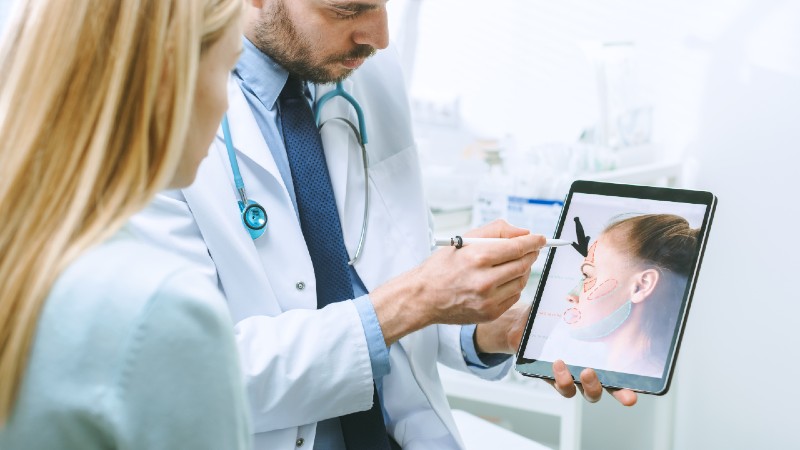St. Edward’s University is Named 2021 HSI Leader by Fulbright Program
AUSTIN, Texas — St. Edward’s University is proud to be named a Fulbright HSI Leader in the inaugural year of this designation. The U.S. Department of State’s Bureau of Educational and Cultural Affairs (ECA) is recognizing the noteworthy engagement that selected Hispanic-Serving Institutions (HSIs) have achieved with the Fulbright Program, the U.S. government’s flagship international educational exchange program.
St. Edward’s is one of 35 HSIs to receive this distinction nationally, and one of three in Texas. The other Fulbright HSI leaders in Texas are Texas Tech University and the University of Houston.
“We are thrilled to be named a Fulbright HSI Leader in the inaugural year of the designation. It’s a confirmation of the great work that our Office of Fellowships does to support our gifted and talented Latinx students on their academic journeys,” said Interim Provost Marianne Ward-Peradoza. “St. Edward’s is founded on a global mindset, and the Fulbright program has given our students the opportunity to make a difference in communities around the world.”
Since 2008, 75 Fulbrights have been awarded to our students to teach and conduct research in 19 countries. St. Edward’s was named the nation’s top producer of U.S. Fulbright Students among master’s-granting institutions in 2018–2019 and in 2015–2016.
Fulbright HSI Leader status has been conferred on this group of 35 HSIs, including St. Edward’s, because they have demonstrated noteworthy engagement with Fulbright exchange participants during the 2019–2021 academic years and have promoted Fulbright Program opportunities on campus. Fulbright HSI Leaders were announced today during an international plenary session at the Hispanic Association of Colleges and Universities (HACU) annual conference.
This initiative is part of the U.S. State Department’s longstanding commitment to build diversity and inclusion within the Fulbright Program and within all the bureau’s international exchange programs. On July 28, 2021, Secretary of State Antony Blinken and Secretary of Education Miguel Cardona released a “Joint Statement of Principles in Support of International Education,” which outlines the many benefits of international education and the need for “all Americans [...] to be equipped with global and cultural competencies.” The Fulbright HSI Leaders Initiative supports the goals of the Joint Statement, including the principle that U.S. participants in international exchanges should reflect the diversity of the United States.
Deputy Assistant Secretary of State for Academic Programs Ethan Rosenzweig, speaking on behalf of ECA, which sponsors the Fulbright Program, congratulated and thanked the leadership of the designated institutions for recognizing the impact of the Fulbright Program, saying, “Thank you for creating a campus culture that celebrates the mission of Fulbright and international exchanges. Thank you for epitomizing the principle that mutual understanding between peoples of the United States and other countries will lead to a more just and peaceful society at home.” He also praised the faculty, staff and administrators on campus who recruit, advise and support future Fulbrighters throughout the application process, stating "your work epitomizes the values of why we all come to our jobs each and every day . . . to ensure our students have every opportunity to excel beyond goals they may not have believed were ever obtainable.“
Additional Background
In addition to our student Fulbright awards, St. Edward's faculty have also received the Fulbright Scholar award for advanced research and university lecturing abroad. To learn more about the Fulbright awards for students and faculty at St. Edward's University, contact Director of Fellowships Dina Guidubaldi.
2021 marks the 75th Anniversary of the Fulbright Program. Celebrations throughout the year are highlighting the impressive accomplishments and legacy of the program and its alumni over its first 75 years, both in the United States and around the world. A dedicated 75th anniversary website showcases Fulbright alumni, partner countries and anniversary events.
The Fulbright Program was created to increase mutual understanding between the people of the United States and the people of other countries. The primary source of funding for the Fulbright Program is an annual appropriation made by the U.S. Congress to the U.S. Department of State’s Bureau of Educational and Cultural Affairs.
Fulbright is active in more than 160 countries worldwide and partners with participating governments, host institutions, corporations and foundations in foreign countries and in the United States. Many of these organizations also provide direct and indirect support. ECA sponsors the Fulbright program, and several nonprofit, cooperative partners implement and support the program on the bureau’s behalf. For further information about the Fulbright Program or the U.S. Department of State, please visit the Fulbright Program website or contact the Bureau of Educational and Cultural Affairs Press Office by e-mail at ECA-Press@state.gov.


